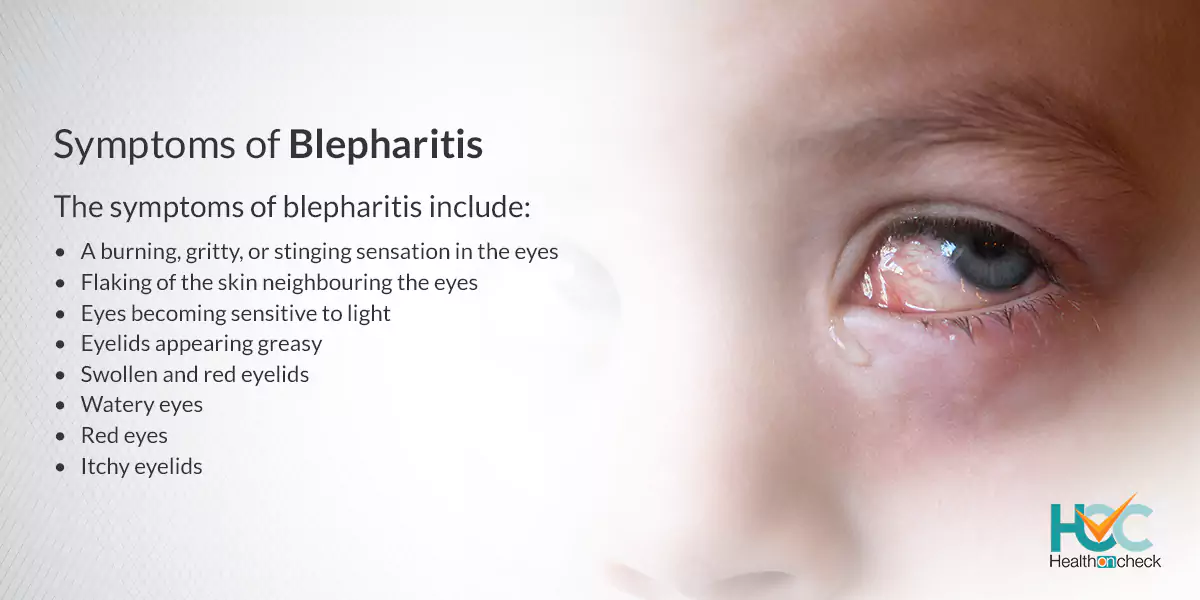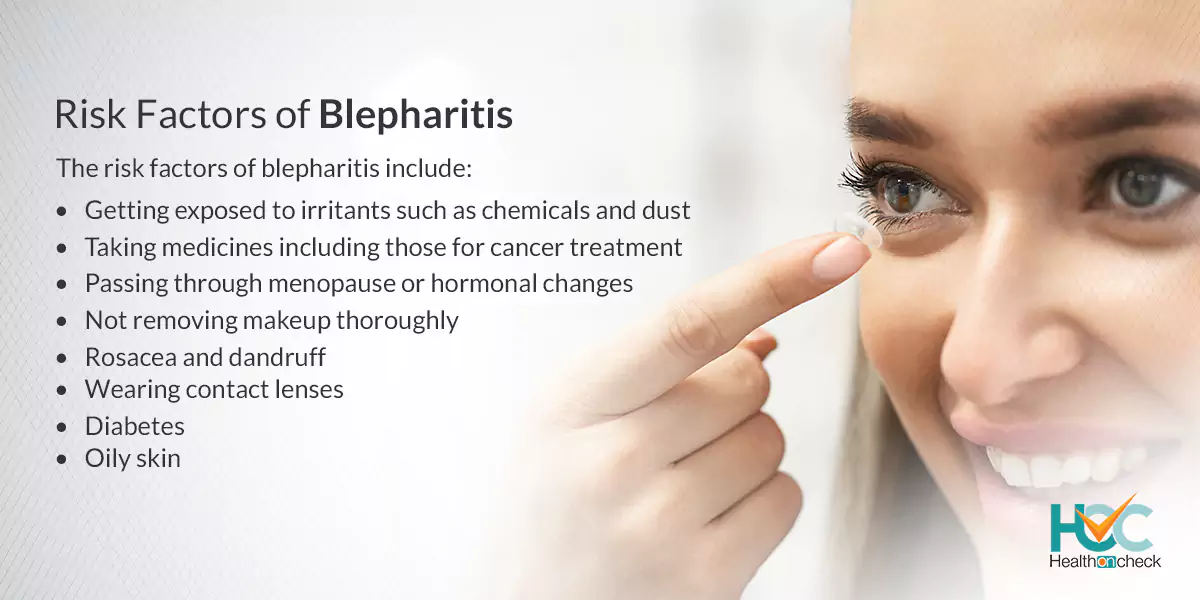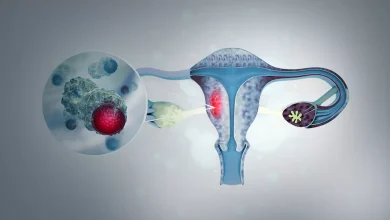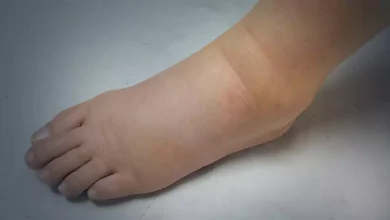What is Blepharitis?
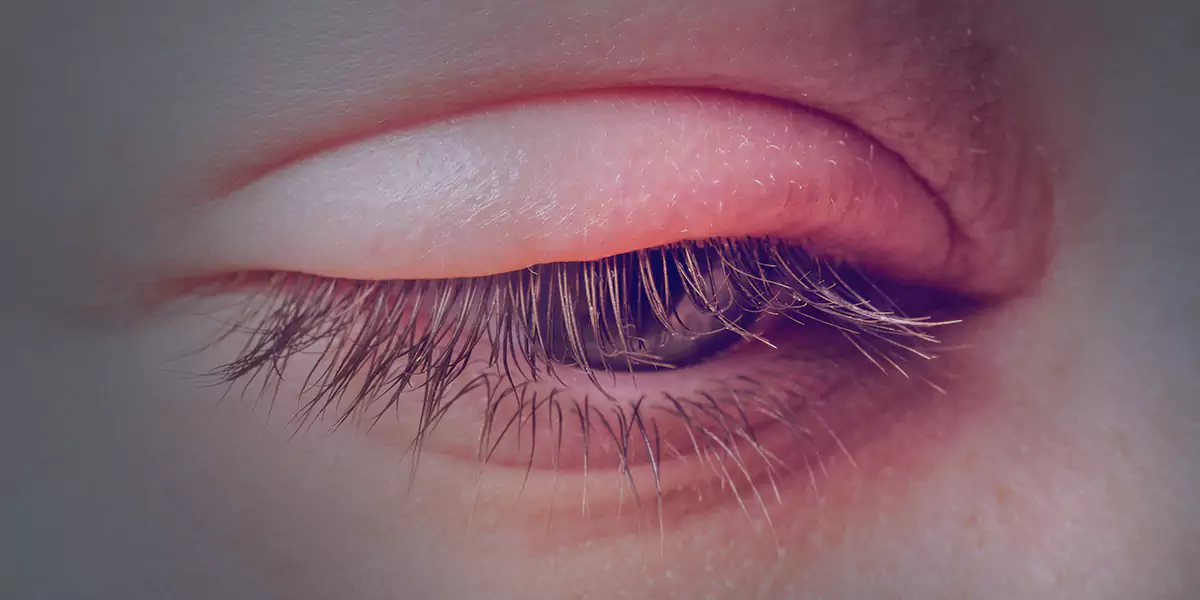
Blepharitis is pronounced as blef-uh-RYE-tis is inflammation of the eyelids. Generally, both eyes are affected by blepharitis along the edges of the eyelids. Blepharitis usually happens when small oil glands neighbouring the base of the eyelashes become clogged, which leads to irritation and redness. Various conditions and diseases can cause blepharitis. Blepharitis is mostly a chronic condition and it is difficult to treat. Blepharitis can be unsightly and irritating but it doesn’t cause permanent damage to your eyesight and it is not contagious.
What are the Types of Blepharitis?
There are two types of blepharitis, based on its location on your eyelids, including:
– Anterior blepharitis
This type of blepharitis develops when the front exterior of your eyelids, where the eyelashes come out of your lids, becomes red or darker in colour and swollen, or when there is dandruff on your lashes.
– Posterior blepharitis
This type of blepharitis occurs when the oil-producing meibomian glands under your eyelid start producing thick and unhealthy oil.
What are the Symptoms of Blepharitis?
The symptoms of blepharitis include:
– Watery eyes
– A burning, gritty, or stinging sensation in the eyes
– Eyelids appearing greasy
– Red eyes
– Itchy eyelids
– Swollen and red eyelids
– Flaking of the skin neighbouring the eyes
– Crusted eyelashes
– Eyelid sticking
– Increased frequent blinking
– Eyes becoming sensitive to light
– Blurred vision
What are the Causes of Blepharitis?
Researchers do not yet know the exact cause of blepharitis but it may be connected with one or more of the following:
– Seborrheic dermatitis means dandruff of the eyebrows and scalp
– Infection
– The oil glands in your eyelids might get clogged or start malfunctioning
– Rosacea, a skin condition defined by facial redness
– Allergies, such as allergic reactions to eye medications, contact lens solutions, or eye makeup
– Eyelash mites or lice
– Dry eyes
What are the Risk Factors of Blepharitis?
The risk factors of blepharitis include:
– Rosacea and dandruff
– Diabetes
– Wearing contact lenses
– Getting exposed to irritants such as chemicals and dust
– Living or working in dry environments including spending a large amount of time in air conditioning.
– Having a large number of microbes that usually live on your skin.
– Not removing makeup thoroughly.
– Oily skin.
– Taking medicines including those for cancer treatment.
– Passing through menopause or hormonal changes.
What are the Complications of Blepharitis?
The complications of blepharitis include:
– Eyelash problems
Eyelashes fall out, grow abnormally (misdirected eyelashes), or lose colour because of blepharitis.
– Eyelid skin problems
You can develop scarring on your eyelids because of long-term blepharitis or the eyelid edges may turn outward or inward.
– Excess tearing or dry eyes
Blepharitis may result in unusual oily secretions and other debris that are shed from the eyelids, including flaking linked with dandruff.
– Stye
Blepharitis might cause stye which means an infection that develops near the base of the eyelashes that causes a lump on the edge of your eyelid which is painful and visible on the surface of the eyelid.
– Chronic pink eye
Blepharitis might cause repeated episodes of pink eye (conjunctivitis).
– Injury to the cornea
Blepharitis might also harm the cornea, an important part of your eye.
How Blepharitis is Diagnosed?
Tests and procedures to diagnose blepharitis include:
– Examining your eyes
A special magnifying instrument to check your eyelids and your eyes can be used by your doctor to diagnose blepharitis.
– Swabbing skin for testing
In a few cases, a swab to collect a sample of the oil or crust that forms on your eyelid might be used by your doctor. This sample is later sent to a lab to check for bacteria, fungi, or any proof of an allergy.
What are the Treatment Options for Blepharitis?
Treatment of blepharitis at first includes self-care measures, like washing your eyes and using warm compresses which might control the symptoms of this condition if self-care measures are not working then your doctor might advise you to go for prescription treatments, including:
– Medications that fight infection
Here antibiotics are applied to the eyelid and it has been proven to give relief from symptoms of blepharitis and treat bacterial infection of the eyelids. These antibiotics are available in several forms, such as eye drops, creams, and ointments.
If the topical antibiotics are not able to treat blepharitis, your doctor might suggest an oral antibiotic.
– Medications to control inflammation
Among the people who don’t respond to other therapies, steroid, eye drops or ointments might be given which include both antibiotic and anti-inflammatory drugs.
– Medications affecting the immune system
Topical cyclosporine (Restasis) might provide relief from a few signs and symptoms of blepharitis.
– Treatments for underlying conditions
Blepharitis which developed because of seborrheic dermatitis, rosacea, or other diseases may be treated and controlled by treating the underlying condition.
Other treatment options, including using intense pulsed light might be helpful to unclog the glands.
Living with Blepharitis
Blepharitis and its main symptoms are swollen, itchy, and red eyelids that can be quite uncomfortable and sometimes painful. But in most instances, blepharitis is a condition that can be managed and controlled through complete cure is not possible. If you can treat any underlying conditions, and you follow good eyelid hygiene, you might have lesser flare-ups.
Whom to Consult
If you have been diagnosed with blepharitis and if it’s not improving even after taking good eyelid hygiene — frequent cleaning and care of the affected area, then you shall meet your doctor and take treatment because this condition might lead to some other complications also.

